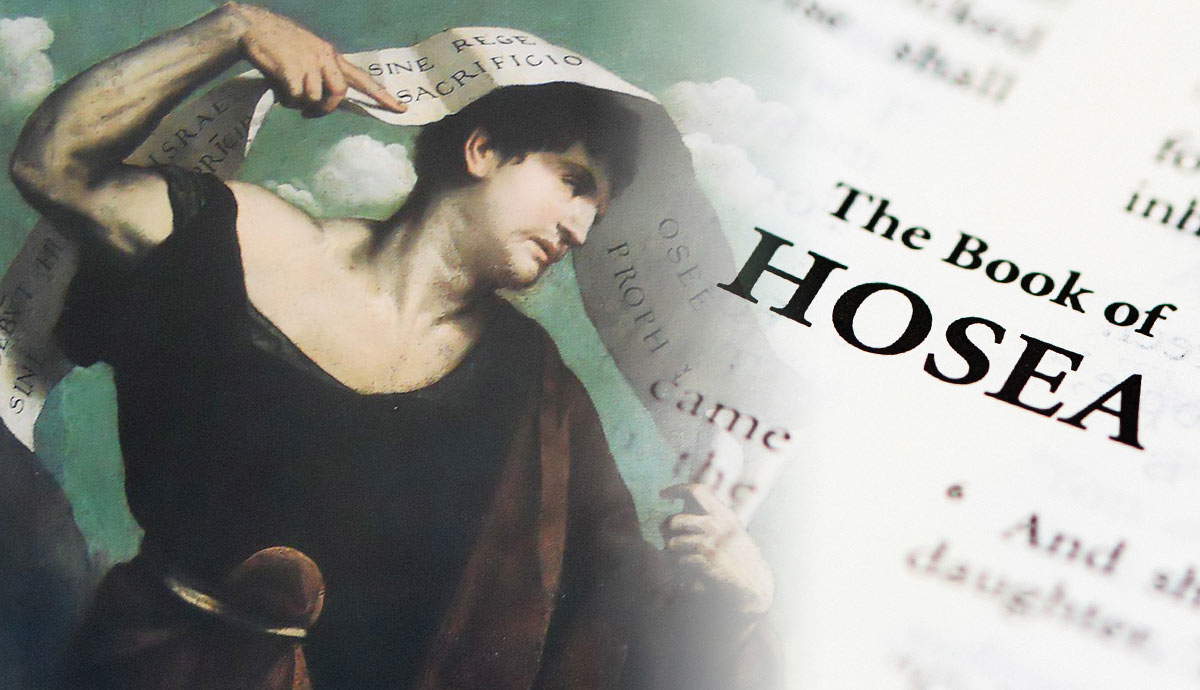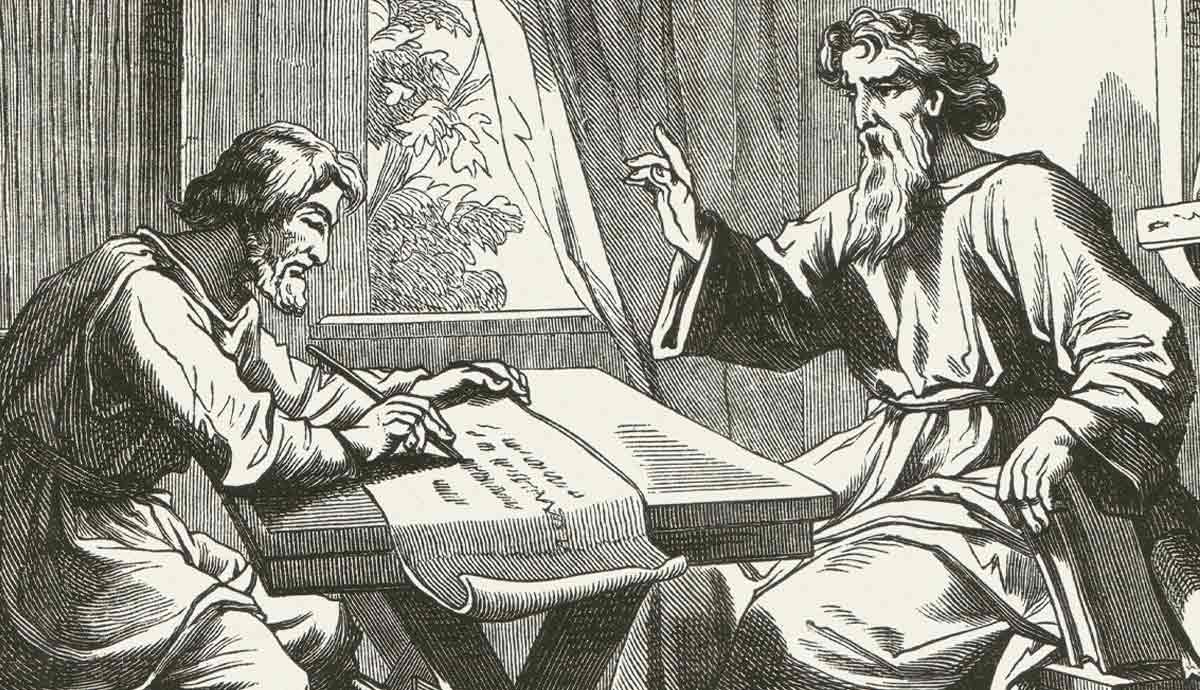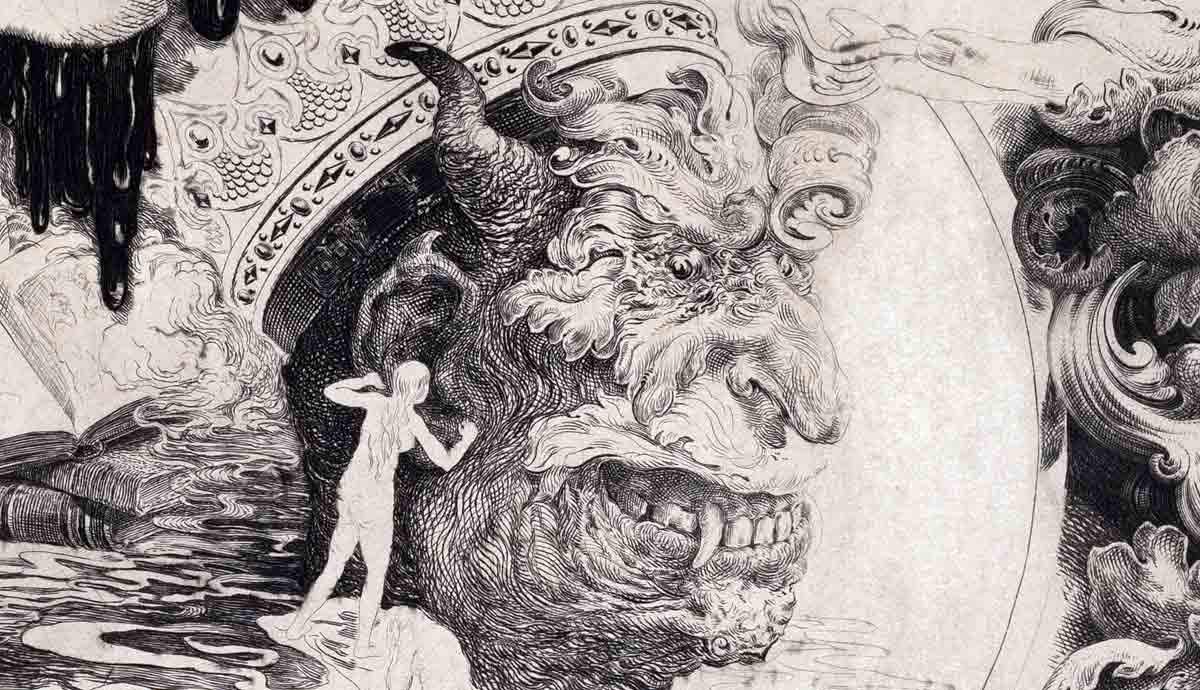
Some Bible skeptics have criticized the Bible because of references to mythical creatures like the unicorn. They claim it undermines the legitimacy of the Bible as a serious religious work. The question we need to ask ourselves, however, is if the references to unicorns were intentional or the result of a mistranslation that can easily be corrected by the study of the Hebrew manuscripts, in conjunction with considering the culture, other ancient Near Eastern texts, and the context of the time in which the authors wrote these texts. The answers are quite enlightening.
Unicorns in the Bible

Older translations of the Bible, like the King James Version, mention unicorns in nine instances. To understand the context and what these verses reveal, let’s consider them first.
Numbers 23:22
“God brought them out of Egypt; he hath as it were the strength of a unicorn.”
Numbers 24:8
“God brought him forth out of Egypt; he hath as it were the strength of a unicorn: he shall eat up the nations his enemies, and shall break their bones, and pierce them through with his arrows.”
Deuteronomy 33:17
“His glory is like the firstling of his bullock, and his horns are like the horns of unicorns: with them he shall push the people together to the ends of the earth: and they are the ten thousands of Ephraim, and they are the thousands of Manasseh.”
Job 39:9-10
“Will the unicorn be willing to serve thee, or abide by thy crib? Canst thou bind the unicorn with his band in the furrow? Or will he harrow the valleys after thee?”

Psalm 22:21
“Save me from the lion’s mouth: for thou hast heard me from the horns of the unicorns.”
Psalm 29:6
“He maketh them also to skip like a calf; Lebanon and Sirion like a young unicorn.”
Psalm 92:10
“But my horn shalt thou exalt like the horn of a unicorn: I shall be anointed with fresh oil.”
Isaiah 34:7
“And the unicorns shall come down with them, and the bullocks with the bulls; and their land shall be soaked with blood, and their dust made fat with fatness.”
The words in bold above indicate that they were added by the translator and do not appear in the original language. These verses seem to refer to a unicorn: a horse-like mythological creature with a prominent horn on its forehead. Could this be what is in view here?
Lost in Translation

The conviction that re’em were unicorns was so pervasive in the Christian tradition that many artists portrayed them in their artwork. The Hunt of the Unicorn tapestry series even presented the unicorn as a Christ figure. There are, however, significant grounds to doubt the rendition of early translations.
The Hebrew word that the King James Version of the Bible rendered “unicorn” is re’em (רְאֵם). The Septuagint, a Greek translation of the Bible completed in the 3rd to 2nd centuries BCE, translated re’em as monokeros, where mono means one and keros, horn. Scholars later translated the Greek Septuagint into the Latin Vulgate, and rendered monokeros as unicornus, which has the same meaning as the former. Unicorn is essentially a transliteration of unicornus. The Vulgate became a prominent text in the Western Church from the 4th century onward.
The translation of re’em as monokeros may have been influenced by Greek knowledge of single-horned animals like the Indian Rhinoceros or by the emerging myths of a one-horned creature that started circulating in the Greek world around that time. The translated texts themselves could not have been the origin of the single-horn narrative, since none of them refer in the original language to a single horn. Rather, Deuteronomy 33:17 says, “his horns are like the horns of unicorns,” which likely points to more than one horn on each creature.
Scholars criticized the translation of re’em as unicorn, a mythical creature, as early as the Middle Ages (5th to 15th century), but their protests were to no avail. Most translations from that period used unicorn, with some preferring rhinoceros. It was not until later scholarship, around the 19th century, that alternative translations of unicorn appeared.
The Rhinoceros as a Possible Contender

Some scholars, though in the minority, prefer rendering re’em as rhinoceros. Some species of rhinoceroses have one horn, like the Indian rhinoceros. They claim this powerful animal better suits the depictions of a re’em as a strong, intimidating animal that no man can tame or bind, and certainly would not serve well as an animal to plough with (Job 39:9-10). Horses, however, serve well as tame draft and plough animals, thus, the horse-like unicorn does not seem to be in view here.
The Indian Rhinoceros, or Rhinoceros unicornis, may have inspired translators to use the Greek term monokeros, which is an apt description of the powerful beast with one prominent horn, as is unicornus from the Vulgate. Some scholars argue that re’em has strong connections to the Akkadian word rimu, which may have been a generic term for large, horned herbivores like oxen, and would include rhinoceroses. They better reflect the image of strength and power that the Bible associates with the re’em.
People from the ancient Near East could have known of two types of rhinoceroses, the Indian rhinoceros and the Syrian rhinoceros, a now extinct subspecies of the white rhinoceros that was present in that part of the world during the Bronze Age. Royal houses often held exotic animals, brought from afar on extensive trade routes of the Levant, in menageries like those of Egypt. Some Egyptian and Mesopotamian art depicts rhinoceros-like beasts, and Thutmose III (15th century BCE) received rhinoceroses as a tribute.
Critics claim that it is unlikely that a beast that was not commonly known in the Iron Age Levant would suit the symbol of the power and might of God. In addition, Deuteronomy 33:17 seems to eliminate a single-horned animal from the candidate list for re’em.
The Wild Ox as a Possible Contender

Re’em comes from a root that means “to rise” or “to be exalted,” suggesting a powerful and imposing animal of considerable size and strength. Scholastic studies from the last couple of centuries preferred to identify a wild ox as the biblical re’em. The Akkadian rimu and the Ugaritic equivalent suggest this animal was common in the ancient Near East, bolstering the belief that the Israelites would have been familiar with it. Newer translations of the Bible reflect this understanding of re’em as translations like the English Standard Version, American Standard Version, International Standard Version, Revised Version, and Modern King James Version indicate. It conforms to the two-horned beast Deuteronomy 33:17 envisions and remains true to the representation of a large, strong, and imposing beast.
The aurochs (Bos primigenius) is a good contender for the specific kind of wild ox in view here. The aurochs were a big bovine species that roamed the ancient Near East until their extinction around the 17th century. It had long, curved horns, and its size and strength were legendary. It aligns with most, if not all, the biblical criteria that allude to its identity, and these beasts were present in the Levant during the time the authors who wrote the books referred to the re’em.
Unicorns in the Bible: In Conclusion

The biblical rendering of the word re’em as unicorn is limited to old translations of the Bible, which relied partly on the Septuagint and Vulgate as their sources. The Hebrew does not suggest that it refers to a one-horned beast. Instead, there is a good argument that Deuteronomy 33:17 suggests that it is an animal with multiple horns.
Some scholars have suggested that this enigmatic animal may be a rhinoceros. This view holds to the idea of a one-horned beast, which the Hebrew text does not indicate. A rhinoceros would, however, suit the imagery of power, strength, and the beast’s untamable nature. The people of the Levant could have known about the Indian rhinoceros, though it would not be a creature they were very familiar with.
The rendering of re’em as a wild ox, specifically something like the aurochs, would meet all the criteria and the context of the time. As a commonly known animal with imposing horns and a reputation for strength, it suits the biblical narrative better than the mythical unicorn or the exotic rhinoceros.
The idea that the re’em was a one-horned beast originates in the Greek translation of the Hebrew Bible and may have been unintentional. Once that translation influenced the Latin Vulgate, the die was cast when people made the association between the fantasy creature from Greek mythology.
The typical depiction of the unicorn as a horse-like creature with a single prominent horn on its forehead does not align with the biblical portrayal of an animal that cannot be tamed or used to till the soil. The aurochs suit the time, context, culture, and archaeology the best as a legitimate identification of a re’em.










